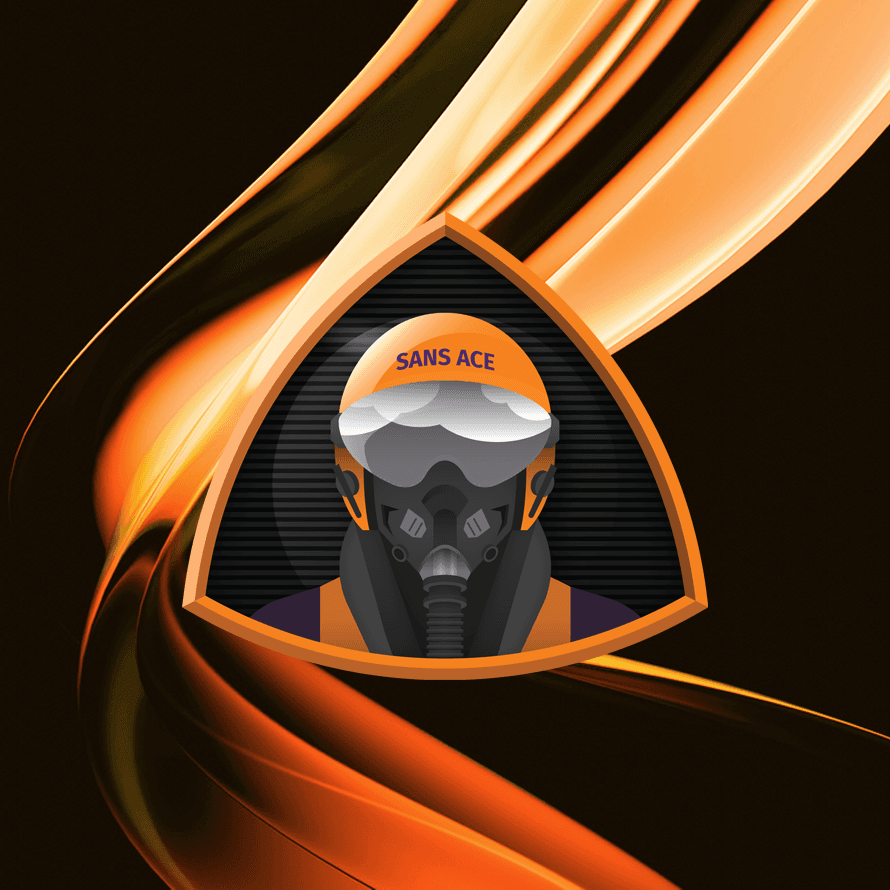SEC595: Applied Data Science and AI/Machine Learning for Cybersecurity Professionals


Experience SANS training through course previews.
Learn MoreLet us help.
Contact usBecome a member for instant access to our free resources.
Sign UpWe're here to help.
Contact UsCloud security encompasses technologies, policies, and controls that protect data, applications, and infrastructure in cloud environments. Knowing how to safeguard sensitive information in cloud environments is crucial for preventing cyber threats, ensuring compliance, and maintaining business continuity.

Cloud security is business-critical, requiring cyber professionals to navigate evolving threats, secure cloud environments, and align security goals with business objectives. At SANS, we believe that effective cloud security training should be a business enabler that evolves as fast as the technology. It must equip practitioners with hands-on technical expertise, in-depth knowledge of multiple Cloud Service Providers (CSPs), and strategic insight to build sustainable security practices in an era where innovation outpaces workforce knowledge.
Learn to build secure, resilient cloud environments and align security frameworks with business strategy.
Develop the ability to monitor, detect, and respond to cloud-specific threats and security breaches.
Design and deploy automated security controls, IaC protections, and proactive defenses in cloud-native environments.
SANS is a world leader in Cloud Security for a reason. I'm never disappointed when I attend sessions, and I know I'm in for a torrent of incredibly useful information.










Ahmed Abugharbia is a SANS Certified Instructor and founder of Cyberdojo, focusing on GenAI and Cloud Security. With over 17 years of experience in security, Ahmed has worked and led projects in cloud security, network and application security, as well as incident handling.
Learn more

Brandon is a Partner at Cyverity and SANS Senior Instructor at the SANS Institute. He is lead author for SEC510: Cloud Security Engineering and Controls; GPCS holder #1, multi-year RSA Conference presenter, and cloud Bug Bounty collector.
Learn more

Eric is a co-founder and principal security engineer at Puma Security, focusing on modern static analysis product development and DevSecOps automation. A SANS Fellow, he is co-author and instructor for three SANS Cloud Security courses.
Learn more

Frank Kim is the Founder of ThinkSec, a security consulting and CISO advisory firm. He leads the Cybersecurity Leadership and Cloud Security curricula at SANS, as well as authors and instructs multiple SANS courses.
Learn more

Shaun McCullough spent 20+ years at the NSA working in cyber operations as a software engineer and technical director of Blue, Red, and Hunt teams. He is currently a staff level Cloud Security Engineer at GitHub.
Learn more

Ryan’s extensive experience, including roles as a cybersecurity engineer for major Department of Defense cloud projects and as a lead auditor, underscores his dedication to enhancing the security posture of critical systems.
Learn moreLarge Language Models (LLMs) and Generative AI have inherent limitations, such as outdated knowledge, lack of private data access, and the potential for hallucinations. In this session, we will introduce a strategy for overcoming these challenges: Retrieval-Augmented Generation (RAG).

This talk will walk through real-world defense impairment techniques across AWS and Azure. We'll dig into what it looks like when attackers suppress their own IPs in GuardDuty, redirect CloudTrail logs to buckets they control, tamper with Azure diagnostic settings, or disable Defender entirely.

Join the renowned investigators of Baker221b and step into the role of a digital detective.

In this webinar, experts from SANS and Cisco will explore the hybrid mesh firewall approach—what it is, why it’s critical today, and effective deployment at scale.

The SANS 2026 Kubernetes and CNAPP Forum is a focused, one-day event designed for security professionals, DevOps teams, and cloud architects seeking to secure modern, containerized applications.

The Model Context Protocol (MCP) is becoming increasingly important in enabling and expanding the capabilities of agents.

This session explores the strategic shift toward unified DFIR platforms that merge forensic-grade investigation capabilities with incident response. Attendees will gain insight into how integrating evidence collection, artifact triage, endpoint isolation, and threat remediation into a single workflow reduces tool fatigue, shortens dwell time, and improves regulatory compliance.

This webcast explores the evolution of machine learning context-based prompting, RAG, Agentic AI, and fine-tuning and associated risks.

Join us for an exclusive virtual event as we unveil the results of a comprehensive nationwide survey of cybersecurity leaders and IT strategists across government.

The 2026 SANS Cloud Security Research Survey brings together insights from security leaders and practitioners worldwide. This year’s study examines the current state of cloud security, highlighting key challenges, top threats, and the tools organizations are using—or wish they had—to secure cloud environments at scale. Join us for this exclusive webcast to explore the survey findings, gain practical insights, and benchmark your organization’s approach to cloud security.







Download the SANS ebook and learn how to strengthen your cloud and AI security strategies.

